

From reducing stress levels to improving your focus, houseplants have many benefits. But did you know that some species of air-filtering plants can even lowe your chances of getting liver damage, kidney disease, and cancer?
Volatile organic compounds, or VOCs, are used to make most home products—furniture, paint, carpets, and even the construction materials used to make the home itself. Over time, VOCs like formaldehyde, benzene, ammonia, and toluene are off-gassed into the air and can cause serious health issues.
Typical electrostatic air filters can’t remove VOCs, but luckily, there’s an aesthetically pleasing, natural, NASA-proven way to return your air to a better state: stocking your home with air-purifying plants. Read on to learn more about the 20 best air-purifying plants you can put in your home, as well as care instructions for each species according to the experts at the University of Georgia’s College of Agricultural and Environmental Sciences.
1. Peace Lily (Spathiphyllum)
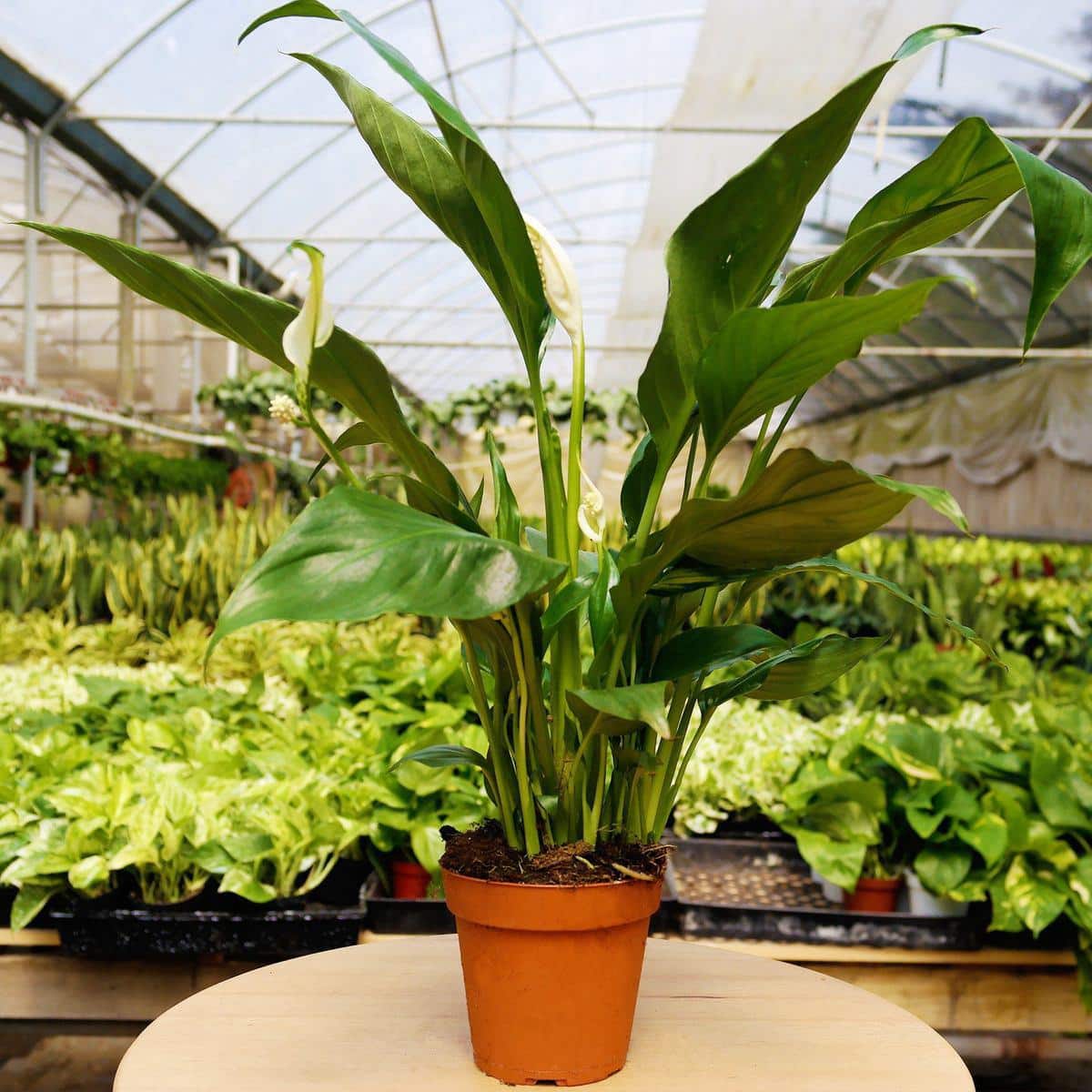
Cellar Door Plants
Best For Air Purification
We’re going with NASA on this one. According to the air-purifying plants study, the peace lily is unmatched in its ability to filter a range of chemicals from your air. Pair that with its low maintenance and unique look, and there’s no doubt it tops our list of best air-filtering plants.
How To Keep It Alive
Light: Medium light to bright, indirect sunlight
Water: Keep soil moist
Temperature: Average, 65 to 75 degrees Fahrenheit
Humidity: Average, 25% to 49% humidity
Need to Know: Toxic to humans and pets if ingested
2. Snake Plant (Sansevieria trifasciata)
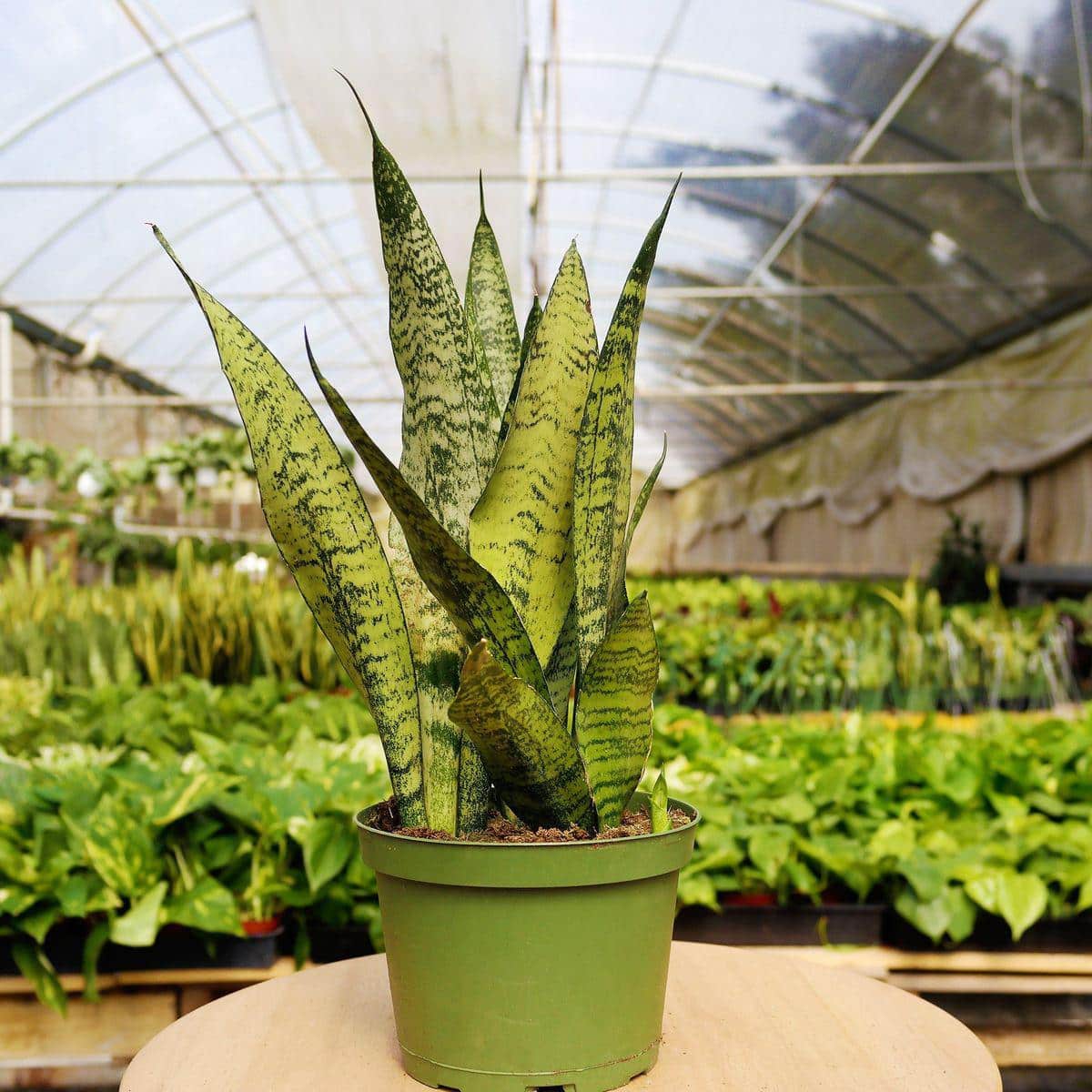
Cellar Door Plants
Best For Frequent Travelers
Ask any botanist which household plant requires the least maintenance, and the snake plant will surely be mentioned. This trendy plant makes for an excellent gift for avid travelers who are away from their homes for weeks at a time, or anyone else interested in low-maintenance, air-purifying plants.
How To Keep It Alive
Light: Low light to bright, indirect sunlight
Water: Soil’s surface should dry before re-watering, but soil can also become moderately dry before re-watering
Temperature: Average, 65 to 75 degrees Fahrenheit
Humidity: Low, 25% to 49% humidity
Need to Know: Mildly toxic to humans and pets if ingested
3. Golden Pothos (Epipremnum aureum)
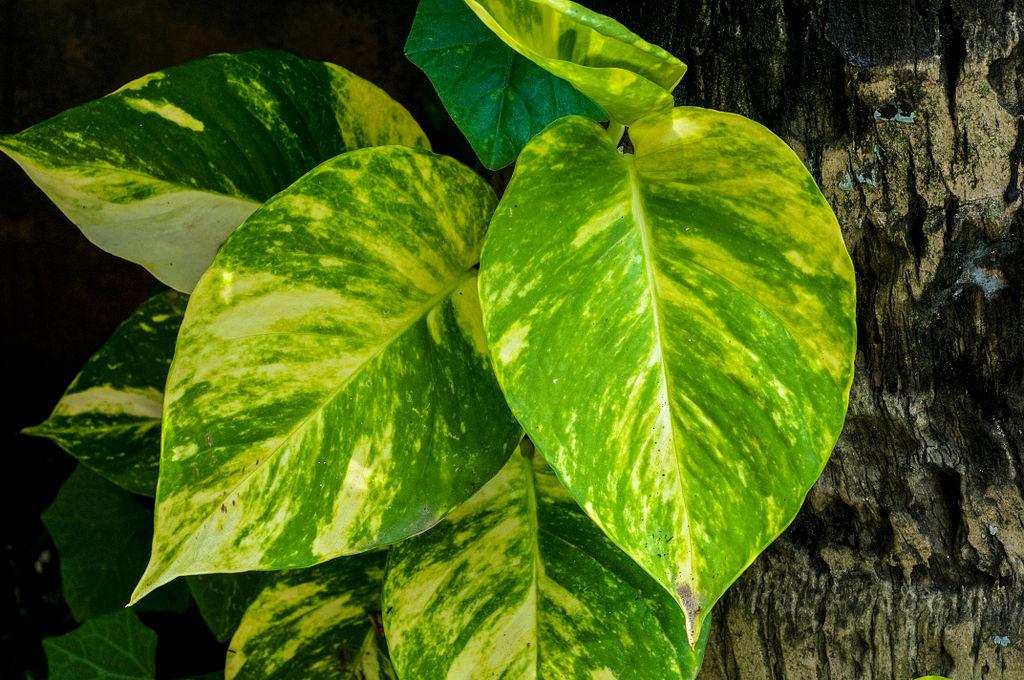
Best For Quick Growth
Devil’s ivy, money plant, hunter’s robe—the golden pothos plant goes by many aliases. But no matter what you call it, there’s no denying this species’ ability to purify carbon monoxide, benzene, and formaldehyde from your air. It’s also one of the quickest-growing (and easiest to maintain) houseplants, so it’s great for beginner home gardeners.
How To Keep It Alive
Light: Low light to bright, indirect sunlight
Water: Soil’s surface should dry before re-watering
Temperature: Average, 65 to 75 degrees Fahrenheit
Humidity: Average, 25% to 49% humidity
Need to Know: Toxic to humans and pets if ingested
4. Bamboo Palm (Chamaedorea erumpens)

Photo by katie manning on Unsplash
Best Floor Plant
No relation to actual bamboo, this palm makes an excellent floor piece in any home. The eye-catching fronds create an interesting and natural centerpiece, all while silently filtering the benzene, trichloroethylene, and formaldehyde from your air.
How To Keep It Alive
Light: Low light to medium light
Water: Soil’s surface should dry before re-watering
Temperature: Average, 65 to 75 degrees Fahrenheit
Humidity: Average, 25% to 49% humidity
Need to Know: Nontoxic
5. Scarlet Star Bromeliad (Guzmania lingulata)
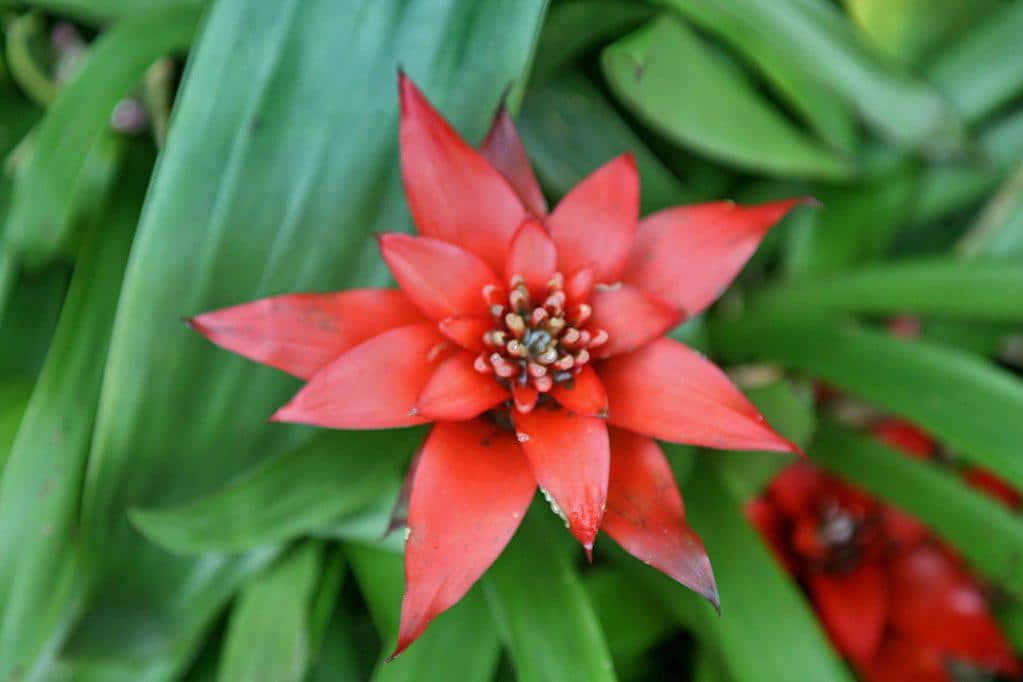
Best For Your Bathroom
In a recent study, chemists at the State University of New York Oswego found bromeliads, like the Scarlet Star, to remove 80% of VOCs from the air in only 12 hours. These flowering plants love humid environments, so consider placing them in the bathroom where they can soak up the steam from your showers.
How To Keep It Alive
Light: Bright, indirect sunlight
Water: Soil’s surface should dry before re-watering
Temperature: Average, 65 to 75 degrees Fahrenheit
Humidity: High, 50% or higher humidity
Need to Know: Nontoxic
6. English Ivy (Hedera helix)

Cellar Door Plantss
Best Trailing Plant
The leaves of English Ivy come in many different styles, but all are mesmerizing when trailing down bookcases or out of hanging planters. Pot your ivy in soil or water and give it nutrients, and it becomes a low-maintenance, air-filtering piece of natural art.
How To Keep It Alive
Light: Medium light to bright, indirect sunlight
Water: Soil’s surface should dry before re-watering
Temperature: Cool to average, 50 to 75 degrees Fahrenheit
Humidity: Average, 25% to 49% humidity
Need to Know: Mildly toxic to humans and pets if ingested
7. Spider Plant (Chlorophytum comosum)

Cellar Door Plants
Best Hanging Plant
The spider plant has become one of the most popular houseplants of modern times, and for good reason. In addition to being nontoxic, low-maintenance, and easy on the eyes, it works well as a carbon monoxide and VOC eliminator.
How To Keep It Alive
Light: Medium light to bright, indirect sunlight
Water: Keep soil moist
Temperature: Average, 65 to 75 degrees Fahrenheit
Humidity: Average, 25% to 49% humidity
Need to Know: Nontoxic
8. Boston Fern (Nephrolepis exaltata)

Best For Home Propagating
While the Boston Fern will do just fine in average humidity, a savvy plant owner will consider moving it into the bathroom with the Scarlet Star for some serious growth. When it outgrows its current pot, you can easily separate the roots into two separate plants. Keep this propagation cycle going to turn your home into a mini Jurassic world.
How To Keep It Alive
Light: Medium light to bright, indirect sunlight
Water: Soil’s surface should dry before re-watering
Temperature: Average, 65 to 75 degrees Fahrenheit
Humidity: Average to high, 25% to 50% or higher humidity
Need to Know: Nontoxic
9. Aloe Vera (Aloe barbadensis)
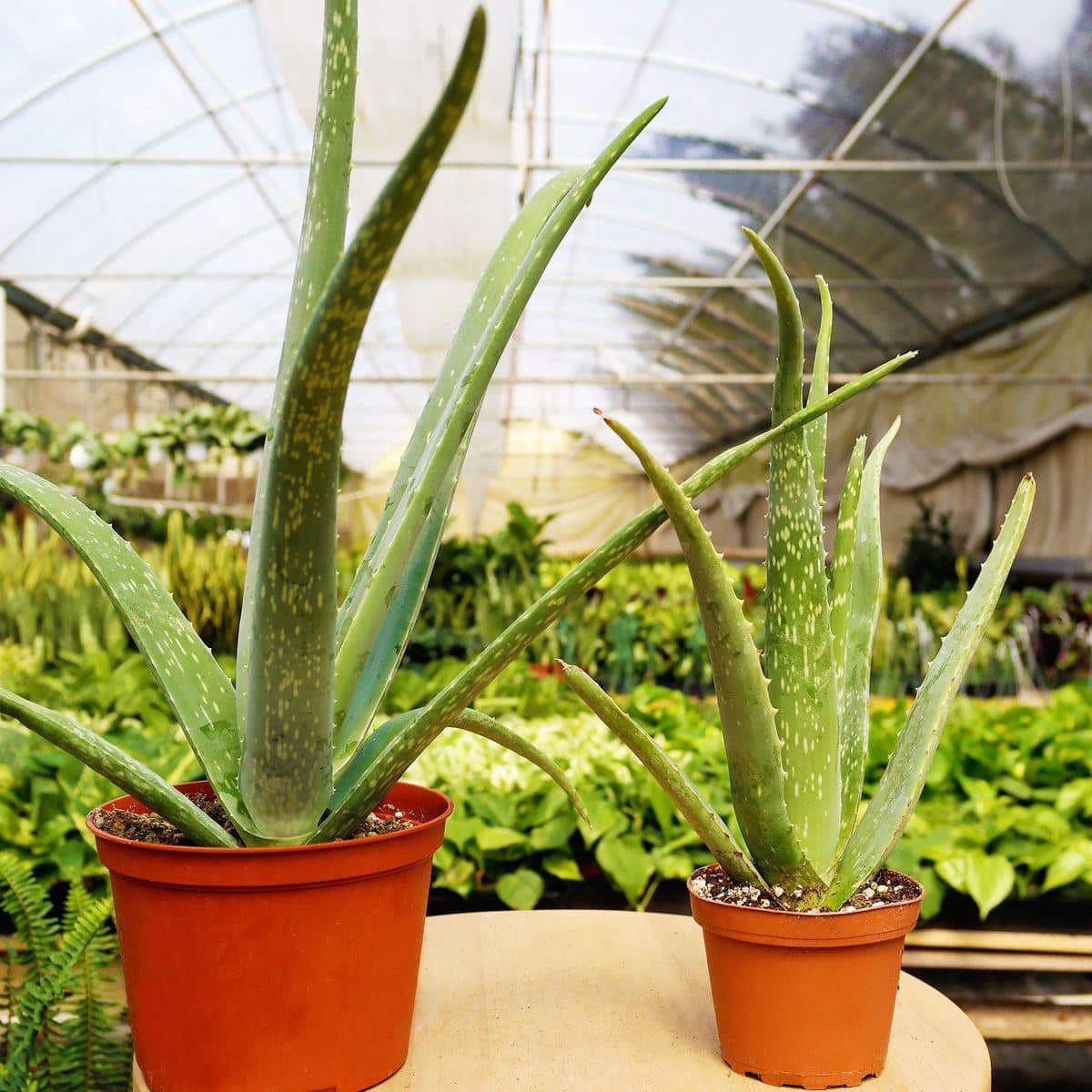
Best Dual-Purpose Plant
Aloe vera plants are not only useful after you forget to re-apply your reef-safe sunscreen. They’re also great to keep in your home for their air-filtering properties. Make sure they get plenty of sun (or install indoor grow lights if natural light isn’t an option), and they’ll earn their keep by removing formaldehyde from your air.
How To Keep It Alive
Light: At least 4 hours of direct sunlight per day
Water: Soil can become moderately dry before re-watering
Temperature: Warm, 70 to 85 degrees Fahrenheit
Humidity: Low, 5% to 24% humidity
Need to Know: Toxic to humans and pets if ingested
10. Chinese Evergreen (Aglaonema modestum)
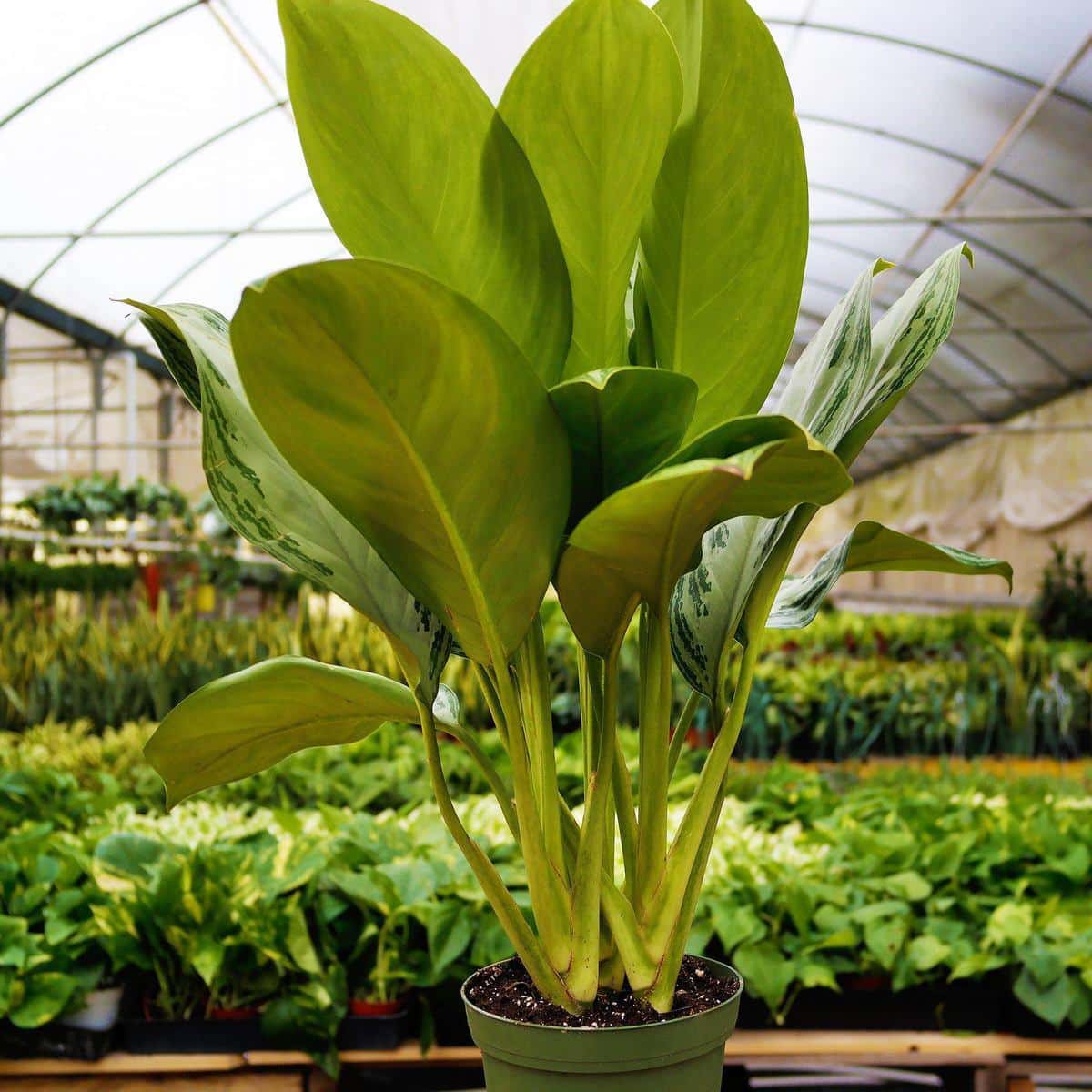
Best For Child-Free, Pet-Free Homes
One of the most popular indoor plants in the world, the Chinese Evergreen thrives in low-medium light, making it ideal for brightening up darker corners of your home. For centuries, this plant has been bred throughout Asia as a “lucky plant,” and in NASA’s clean air study, scientists proved its ability to bring the fortune of good health.
How To Keep It Alive
Light: Low light to medium light
Water: Soil’s surface should dry before re-watering
Temperature: Average, 65 to 75 degrees Fahrenheit
Humidity: Average, 25% to 49% humidity
Need to Know: Toxic to humans and pets if ingested
11. Corn Plant (Dracaena fragrans)
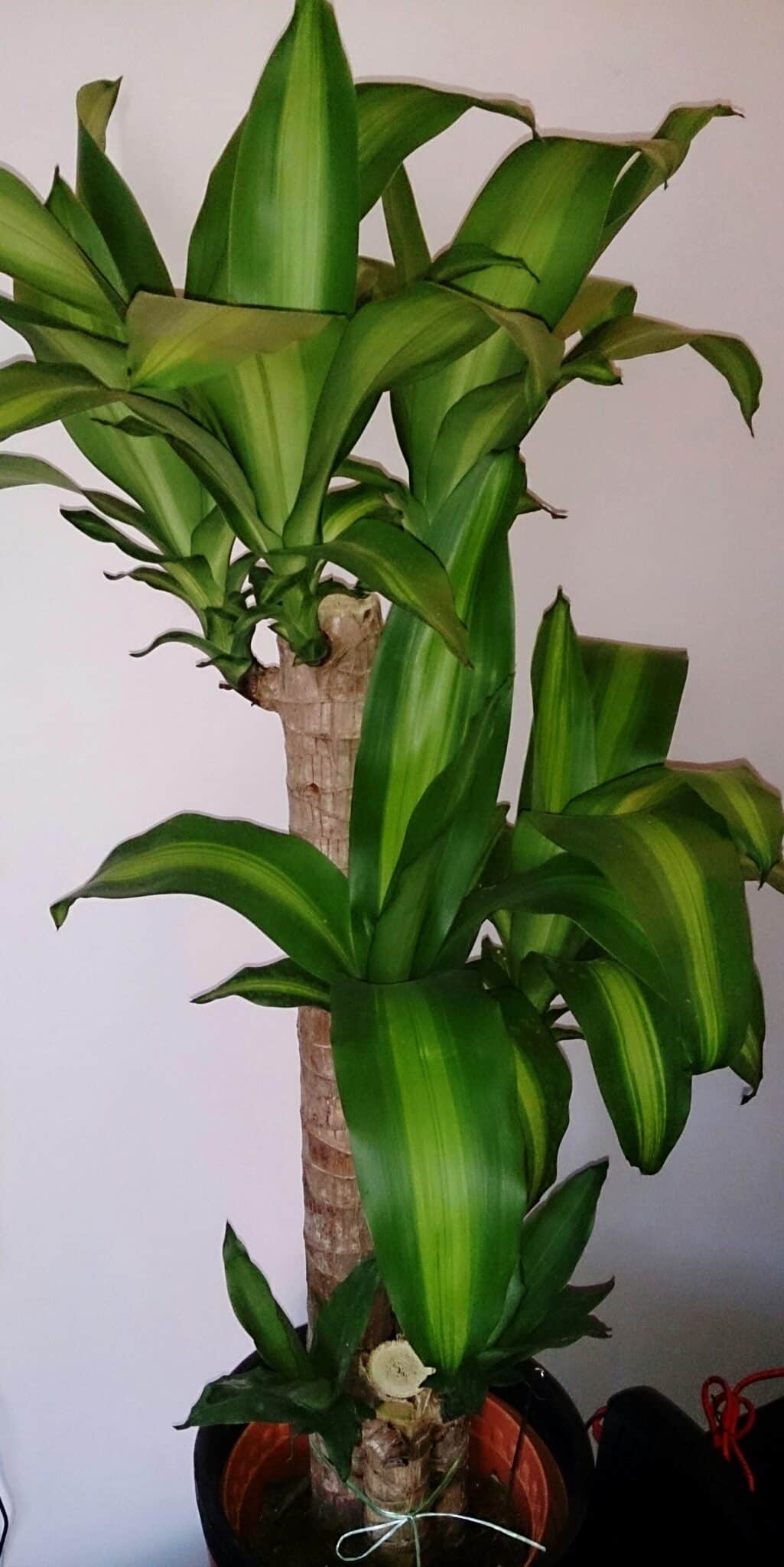
Best For Serial Plant-Killers
Corn plants’ thick canes make them visually appealing, but they’re also one of the most effective air-purifying plants, removing VOCs like formaldehyde, benzene, trichloroethylene, and carbon dioxide. Plus, their care is near foolproof, so they’re a great choice for those of us who don’t exactly have a green thumb.
How To Keep It Alive
Light: Medium light to bright, indirect sunlight
Water: Soil’s surface should dry before re-watering
Temperature: Average, 65 to 75 degrees Fahrenheit
Humidity: Average, 25% to 49% humidity
Need to Know: Toxic to pets if ingested
12. Janet Craig (Dracaena deremensis)

Cellar Door Plants
Best For Large Spaces
Improving your air quality is near effortless with the Janet Craig plant. This large, easy-to-grow floor plant can survive in anything from low light to bright, indirect light and doesn’t need much water. It fills a room beautifully, purifying the air at the same time.
How To Keep It Alive
Light: Low light to bright, indirect sunlight
Water: Soil’s surface should dry before re-watering
Temperature: Average, 65 to 75 degrees Fahrenheit
Humidity: Average, 25% to 49% humidity
Need to Know: Toxic to humans and pets if ingested
13. Broadleaf Lady Palm (Rhapis excelsa)
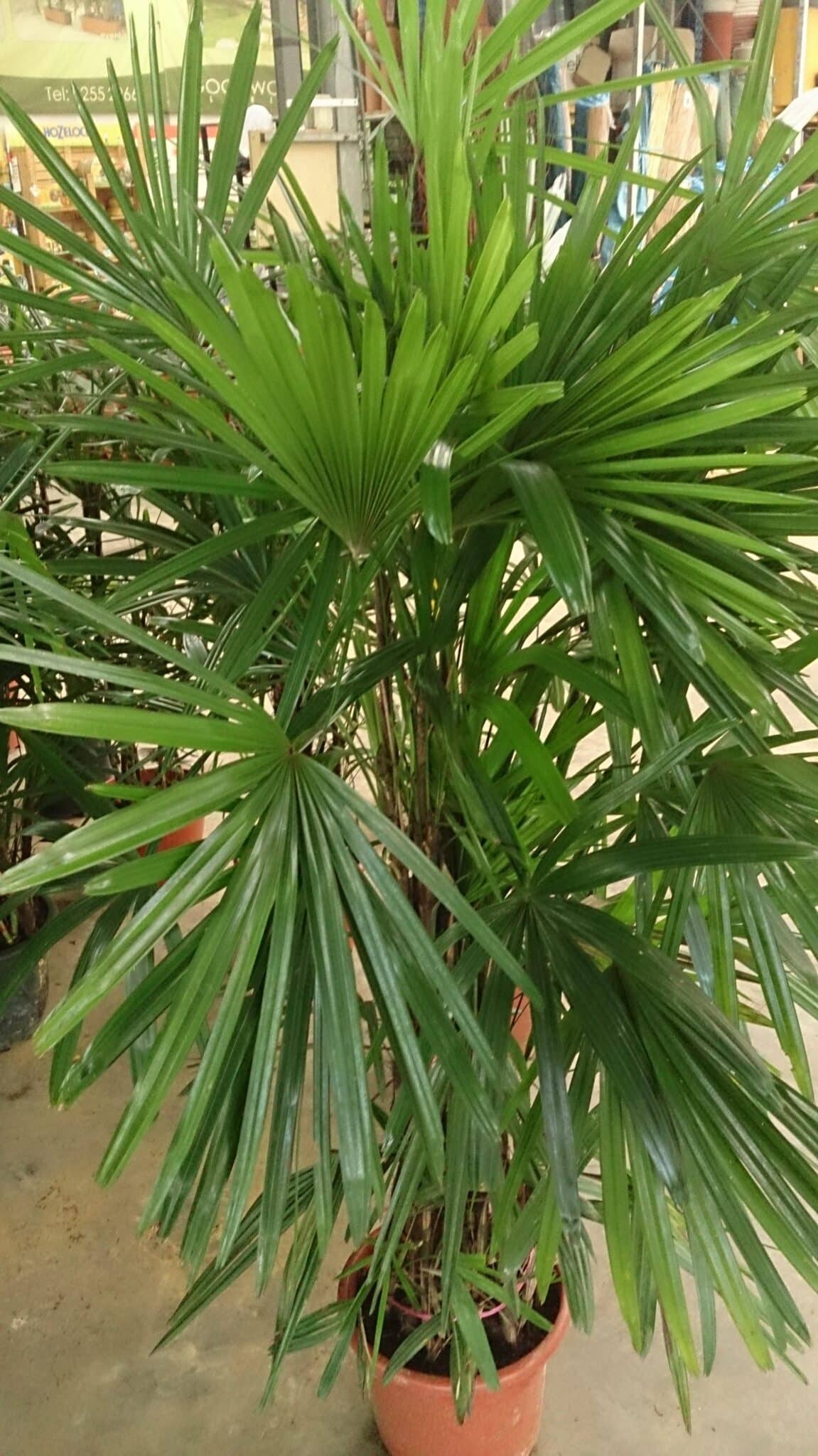
Best For Filtering Cleaning Fumes
Haven’t yet swapped harsh household disinfectants for eco-friendly cleaning products? The ornate broadleaf lady palm can help remove toxic ammonia that may be trapped in the air in your home or apartment.
How To Keep It Alive
Light: Medium light to bright, indirect sunlight
Water: Soil’s surface should dry before re-watering
Temperature: Average, 65 to 75 degrees Fahrenheit
Humidity: Average, 25% to 49% humidity
Need to Know: Nontoxic
14. Weeping Fig (Ficus benjamina)

Cellar Door Plants
Best Indoor Tree
Weeping figs, also called ficus trees, are easy to care for and have superior formaldehyde-filtering abilities. However, if you have a sensitive immune system, this may not be the plant for you—weeping figs are one of the most common sources of household allergens, behind dust and pet dander.
How To Keep It Alive
Light: Bright, indirect sunlight to direct sunlight
Water: Soil’s surface should dry before re-watering
Temperature: Average, 65 to 75 degrees Fahrenheit
Humidity: Average, 25% to 49% humidity
Need to Know: Toxic to humans and pets if ingested
15. Rubber Plant (Ficus elastica)
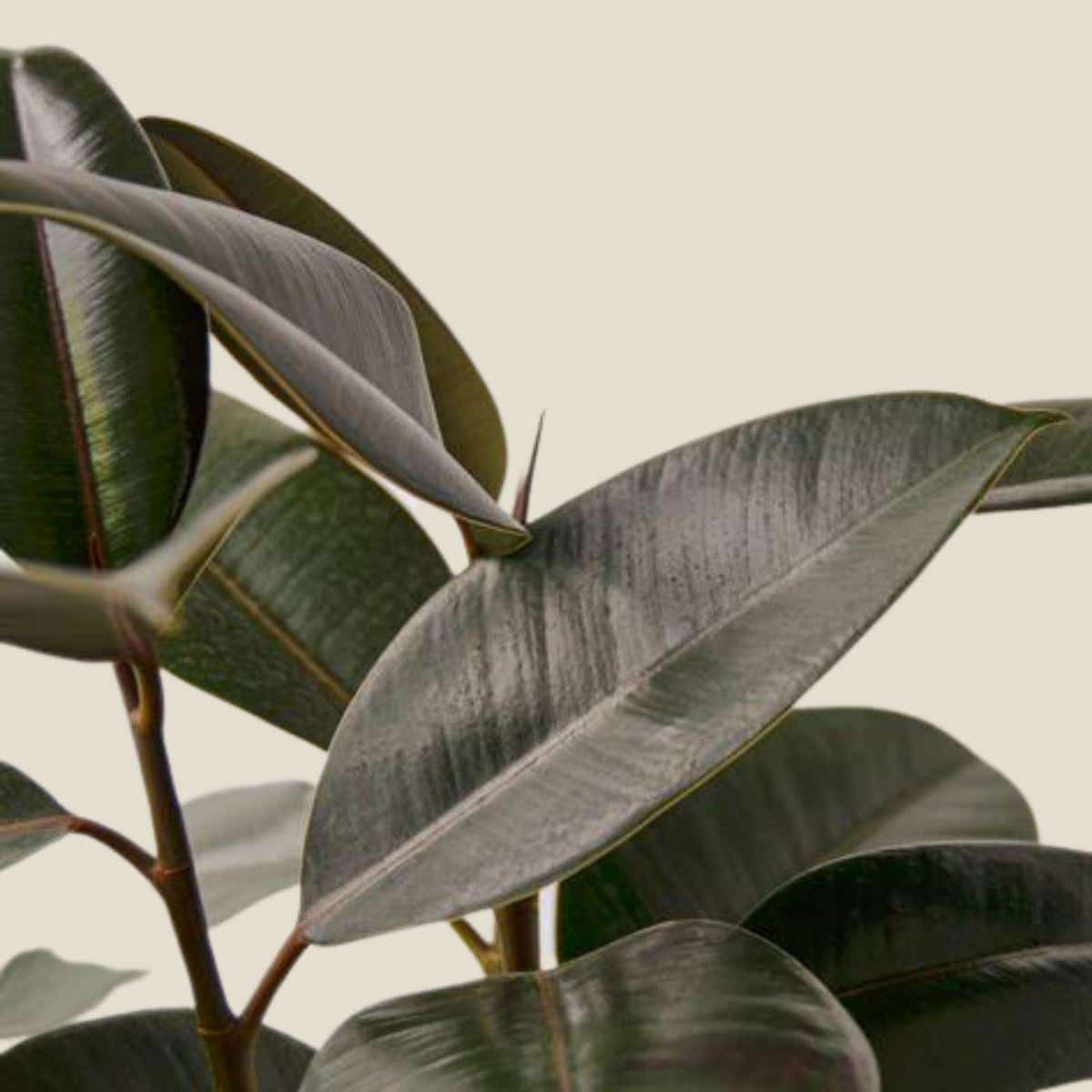
Best For Tall Growth
If you’re looking for an air-purifying plant that grows tall quickly, consider a rubber plant. When given the proper care, this species—which was named for its latex-loaded sap—can grow up to two feet per growing season, topping out at about 10 feet tall.
How To Keep It Alive
Light: Medium light to direct sunlight
Water: Soil’s surface should dry before re-watering
Temperature: Average to warm, 65 to 85 degrees Fahrenheit
Humidity: Average, 25% to 49% humidity
Need to Know: Toxic to humans and pets if ingested
16. Areca Palm (Chrysalidocarpus lutescens)
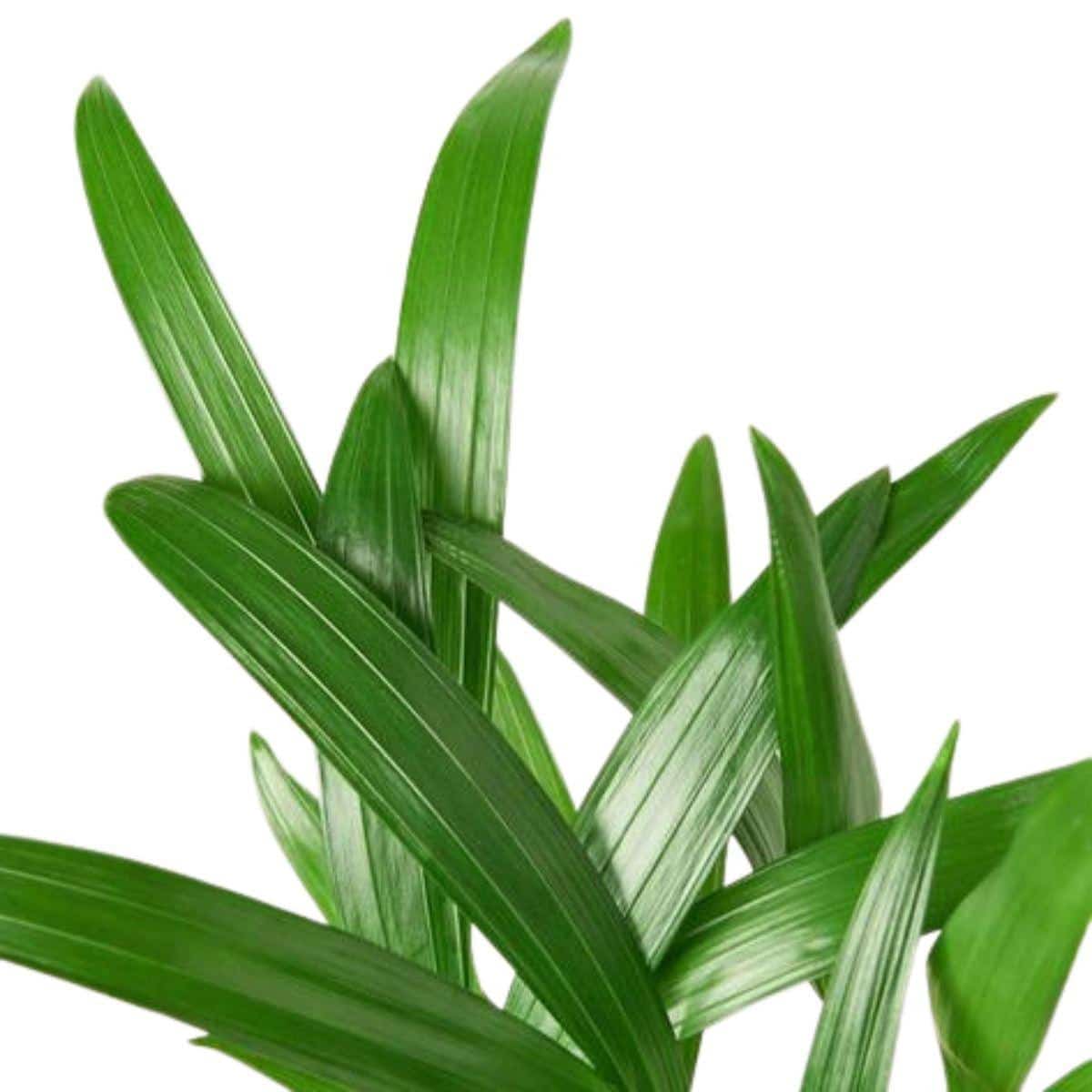
Cellar Door Plants
Best For Pet Owners
Areca palms not only filter indoor toxins from the air, but they also act as a natural humidifier, adding moisture to the air around them. If you have playful pets, they may be attracted to the palm’s dangling fronds, but rest assured they’re nontoxic and won’t harm your animals if bitten or swatted at.
How To Keep It Alive
Light: Medium light to bright, indirect sunlight
Water: Keep soil moist
Temperature: Average, 65 to 75 degrees Fahrenheit
Humidity: Average, 25% to 49% humidity
Need to Know: Nontoxic
17. Flamingo Lily (Anthurium scherzerianum)
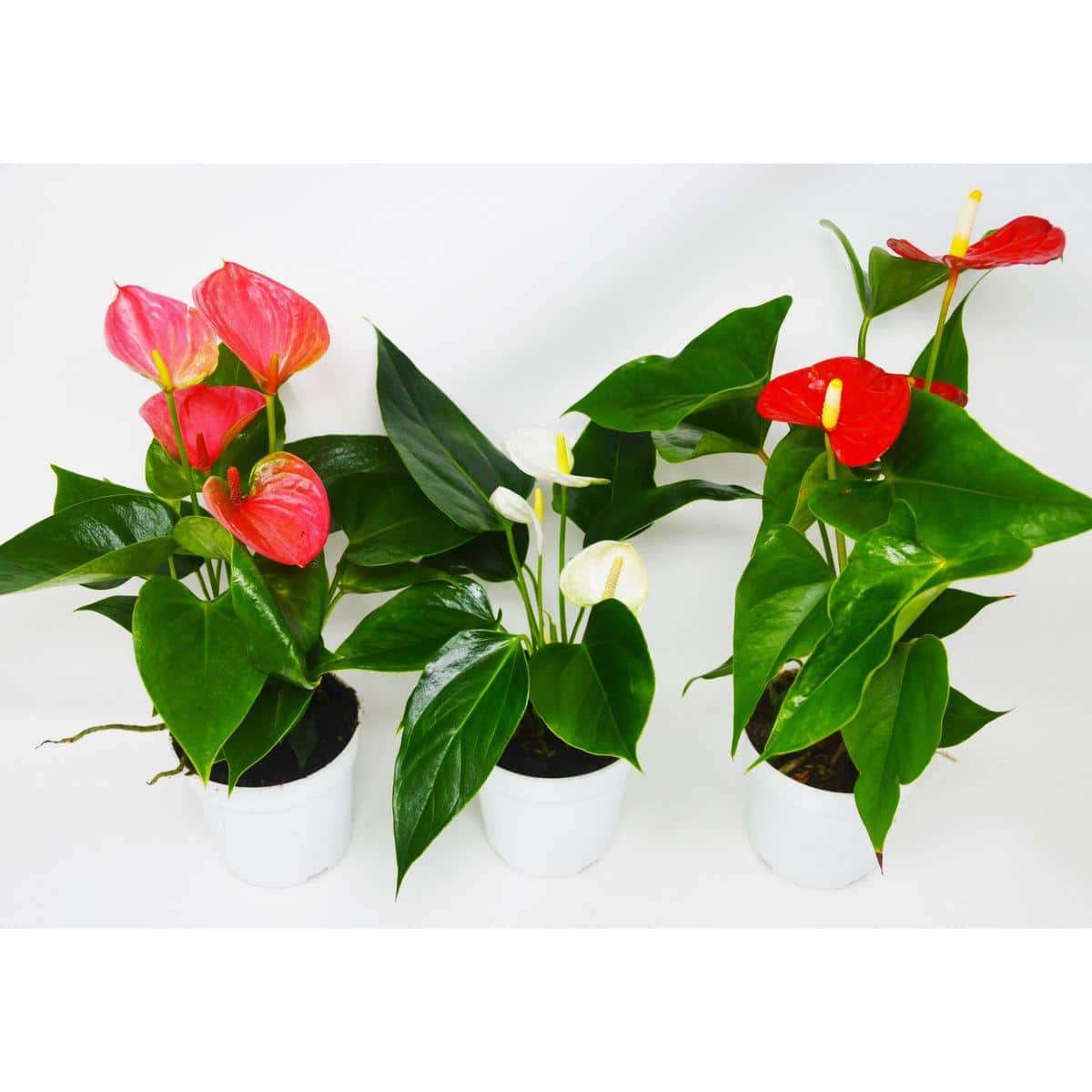
Best Color
A pop of bright color can liven up any room, and in that regard, the flamingo lily has you covered. This plant promotes wellness by removing formaldehyde, xylene, toluene, and ammonium while adding a vibrant touch to your house or apartment.
How To Keep It Alive
Light: Medium light to bright, indirect sunlight
Water: Keep soil moist
Temperature: Average, 65 to 75 degrees Fahrenheit
Humidity: Average to high, 25% to 50% or higher humidity
Need to Know: Toxic to humans and pets if ingested or touched
18. Chrysanthemum (Chrysanthemum morifolium)
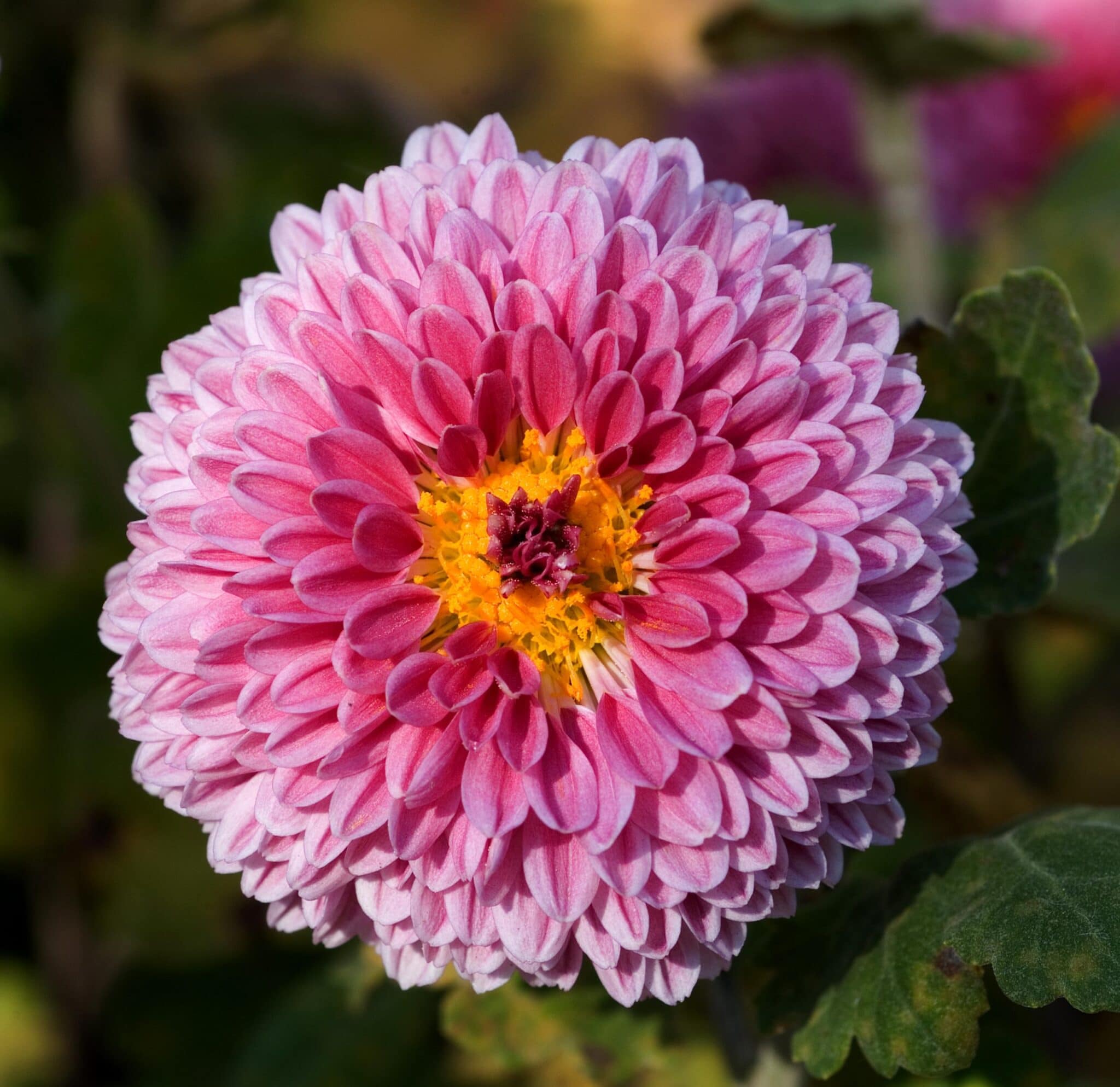
Best Air-Purifying Flower
Prefer the look of blooming flowers to leafy green plants? Chrysanthemums are an excellent pick. Simply pot these flowers, set them on a sunny windowsill, and enjoy a home with fewer traces of formaldehyde, benzene, and ammonia.
How To Keep It Alive
Light: At least 4 hours of direct sunlight per day
Water: Keep soil moist
Temperature: Average, 65 to 75 degrees Fahrenheit
Humidity: Average, 25% to 49% humidity
Need to Know: Toxic to humans and pets if ingested
19. Warneckii (Dracaena deremensis)

Most Versatile
The Warneckii is yet another species in the Dracaena genus that performed well in NASA’s clean air study. The best part about this plant? You can pot a small clipping or larger stalks to fill any space in your home or apartment—no matter how big or small.
How To Keep It Alive
Light: Low light to bright, indirect sunlight
Water: Soil’s surface should dry before re-watering
Temperature: Average, 65 to 75 degrees Fahrenheit
Humidity: Average, 25% to 49% humidity
Need to Know: Toxic to humans and pets if ingested
20. Dragon Tree (Dracaena marginata)
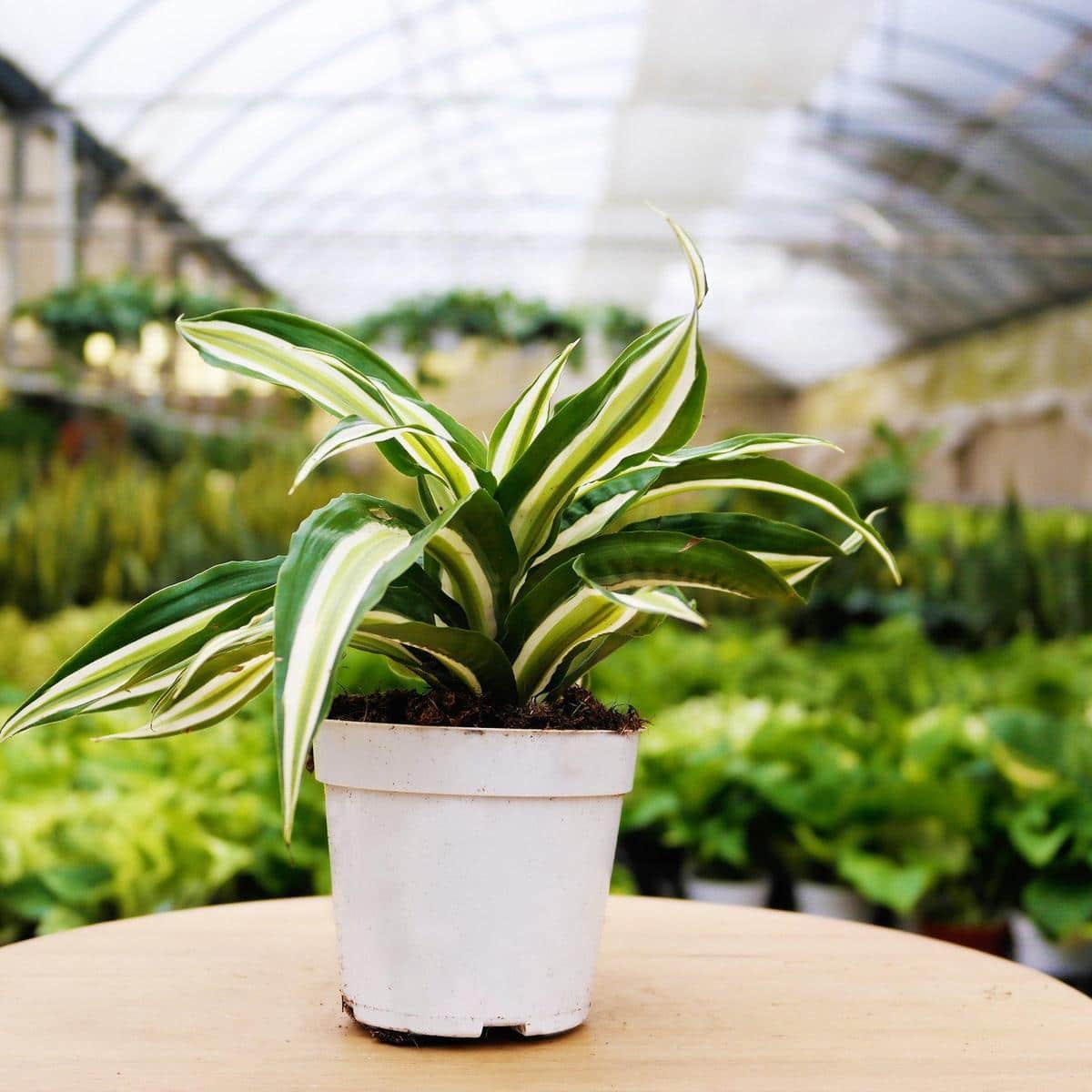
Trendiest
It’s safe to say dragon trees are having a moment. These trendy air-purifying plants have become a popular fixture of modern decor, but their benefits go far beyond aesthetics—they also filter trichloroethylene, formaldehyde, benzene, and carbon dioxide from the air around you.
How To Keep It Alive
Light: Low light to bright, indirect sunlight
Water: Soil’s surface should dry before re-watering
Temperature: Average, 65 to 75 degrees Fahrenheit
Humidity: Average, 25% to 49% humidity
Need to Know: Toxic to humans and pets if ingested
Each product featured here has been independently selected by the writer. If you make a purchase using the links included, we may earn commission.
Melissa Smith is an avid writer, scuba diver, backpacker, and all-around outdoor enthusiast. She graduated from the University of Florida with degrees in journalism and sustainable studies. Before joining EcoWatch, Melissa worked as the managing editor of Scuba Diving magazine and the communications manager of The Ocean Agency, a non-profit that’s featured in the Emmy award-winning documentary Chasing Coral.
- Tree Ferns Are Among the First to Recover After Wildfires
- 7 Science-Backed Health Benefits of Having Plants at Home - EcoWatch
- The Best Air Purifiers for Your Home
- Air Pollution Responsible for Over 6.6 Million Deaths Worldwide in 2020, Study Finds - EcoWatch
- 12 Houseplants to Refresh Dry Indoor Air - EcoWatch
- Growing Cannabis Indoors Produces a Lot of Greenhouse Gases – Just How Much Depends on Where It’s Grown - EcoWatch
- Find the Best Grow Lights for Indoor Plants - EcoWatch
- How Environmentally Friendly Are Balcony Plants?
- 20 Houseplants That Remove Airborne Toxins From Your Home
- Air Pollution From Household Products Is Cutting People’s Lives Short

 233k
233k  41k
41k  Subscribe
Subscribe 